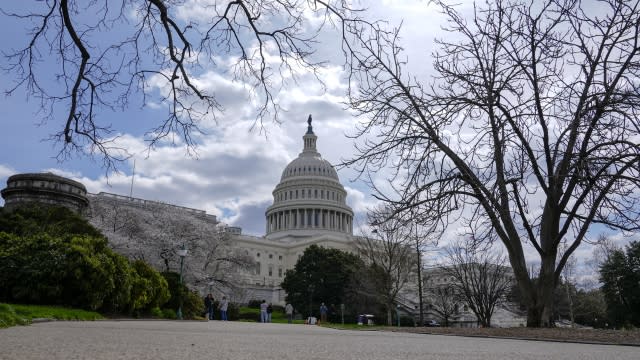Will there be a place for moderates in Washington after 2024?

President Joe Biden and former President Donald Trump continue to command most of the attention ahead of the November election, but you can bet they are also watching what's going on in Congress.
Historically, presidents have found ways to work with moderates in both parties to get things done. Former President George W. Bush leaned on moderates to pass his signature tax cuts. Former President Barack Obama worked with moderate Democrats to pass the Affordable Care Act. President Biden also negotiated with moderates to pass his infrastructure law.
But many of those so-called moderate, like Arizona's independent Sen. Kyrsten Sinema, Utah's Republican Sen. Mitt Romney and Democratic Sen. Joe Manchin of West Virginia, have all decided to not run for reelection, fueling speculation that there may be fewer people willing to work with the other side.
Usually, moderate politicians represent a state that is evenly divided. However, the number of states with senators from more than one party is dwindling.
Right now, only Montana, Ohio, Maine, West Virginia and Wisconsin have so-called split delegations. That is when one senator mostly votes with Democrats while the other mostly votes with Republicans. That's a modern American historical low, according to Pew Research, and it's possible the number of split delegates will decline even further after November's election.
Of course, the likely decline in moderates in Congress doesn't mean there won't be any. In fact, Republican Sen. Lisa Murkowski of Alaska hasn't ruled out potentially becoming an independent in the future.
SEE MORE: Trump challenges Biden to debate after dodging GOP rivals
